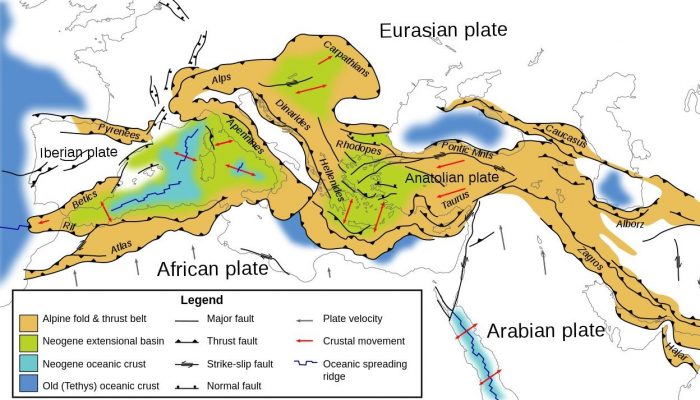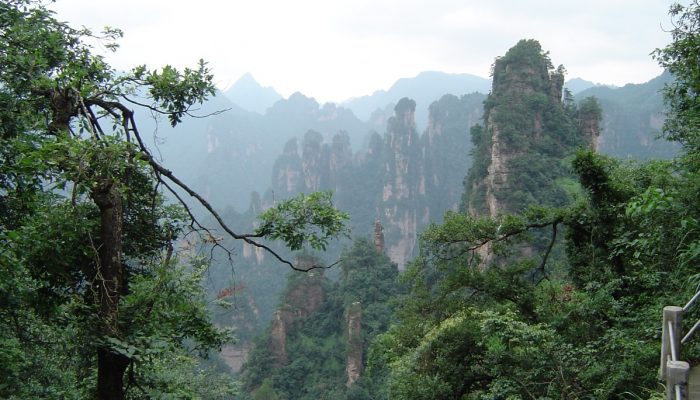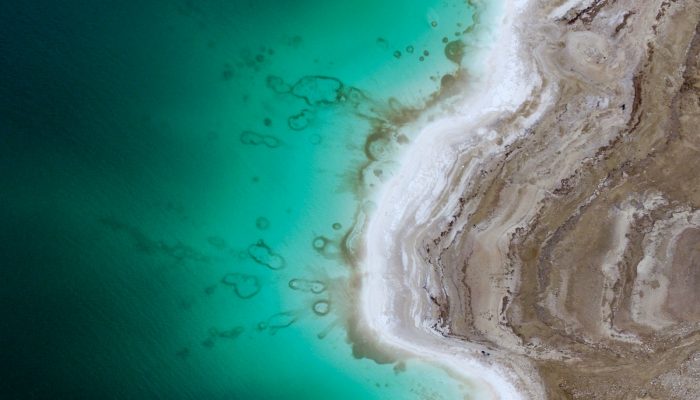Romeo and Juliet famously had some identification problems: they met, fell in love, and only afterwards realised that they were arch enemies, which *spoiler* resulted in their disastrous fate. Oops. Of course, this could happen to anybody. However, we do not want this to happen to you! We want you to know who we, the EGU Geodynamics Blog Team, are! So, in order to prevent any mishaps during future ...[Read More]
Tectonics and Structural Geology
Minds over Methods: Block modeling of Anatolia
How can we use GPS velocities to learn more about present-day plate motions and regional deformation? In this edition of Minds over Methods, one of our own blogmasters Mehmet Köküm shares his former work with you! For his master thesis at Indiana University, he used block modeling to better understand the plate motion and slip rates of Anatolia and surrounding plates. Using block modeling t ...[Read More]
GeoLog
Imaggeo on Mondays: Tongue of a small giant
In a world where climate change causes many mountain glaciers to shrink away, bucking the ‘melting’ trend is not easy. In today’s post, Antonello Provenzale, a researcher in Italy, tells us of one glacier in the Alps which is doing just that. Mountain glaciers are retreating worldwide, with the possible exception of the Karakoram area. For most glaciers, ablation (ice melt) durin ...[Read More]
WaterUnderground
Of Karst! – short episodes about karst
Episode 2: Dissolving rock? (or, how karst evolves). Post by Andreas Hartmann, Lecturer in Hydrology at the University of Freiburg (Universität Freiburg), in Germany. You can follow Andreas on twitter at @sub_heterogenty. Didn’t get to read Episode 1? Click this link here to do so! ___________________________________________________________ In the previous episode, I introduced karst by show ...[Read More]
Cryospheric Sciences
Image of the Week — High altitudes slow down Antarctica’s warming
When it comes to climate change, the Arctic and the Antarctic are poles apart. At the north of the planet, temperatures are increasing twice as fast as in the rest of the globe, while warming in Antarctica has been milder. A recent study published in Earth System Dynamics shows that the high elevation of Antarctica might help explain why the two poles are warming at different speeds. The Arctic vs ...[Read More]
GeoLog
GeoPolicy: What are science-policy placements and are they for you?
This month’s GeoPolicy blog will examine science-policy internships, fellowships, secondments and pairing-schemes in closer detail – highlighting the reasons for undertaking a placement and interviewing Dr Michelle Cain, an EGU member who participated in NERC’s Policy Placement Fellowship Scheme Science-policy placements provide scientists with the opportunity to use their knowledge within a ...[Read More]
Geodynamics
Pre-plate-tectonics on early Earth: How to make primordial continental crust
The sequence of events before continental crust formation has long been contested. Numerical simulations performed by Rozel and colleagues imply that the key to the puzzle could lie in the intrusive magmatism. Despite several decades of research on the topic, the trigger of proto-continental crust formation on early Earth remains an enigma. However, magmatic processes may hold the key to unravelli ...[Read More]
GeoLog
Imaggeo on Mondays: Salt shoreline of the Dead Sea
This beautiful aerial image (you’d be forgiven for thinking that it was a watercolour) of the Dead Sea was captured by a drone flying in 100m altitude over its eastern coastline. Climate change is seeing temperatures rise in the Middle East, and the increased demand for water in the region (for irrigation) mean the areas on the banks of the lake are suffering a major water shortage. As a result, t ...[Read More]
WaterUnderground
Groundwater & Education – Part One
Post by Viviana Re, postdoctoral researcher at the University of Pavia (Università di Pavia), in Italy. You can follow Viviana on Twitter at @biralnas. Part one of a two part series on groundwater and education by Viviana. ___________________________________________________________ Education /ɛdjʊˈkeɪʃ(ə)n The process of receiving or giving systematic instruction, especially at a school or univer ...[Read More]
GeoLog
June GeoRoundUp: the best of the Earth sciences from around the web
Drawing inspiration from popular stories on our social media channels, as well as unique and quirky research news, this monthly column aims to bring you the best of the Earth and planetary sciences from around the web. Major Story With June being the month when the world’s oceans are celebrated with World Ocean Day (8th June) and the month when the UN’s Ocean Conference took place, it seemed apt t ...[Read More]










